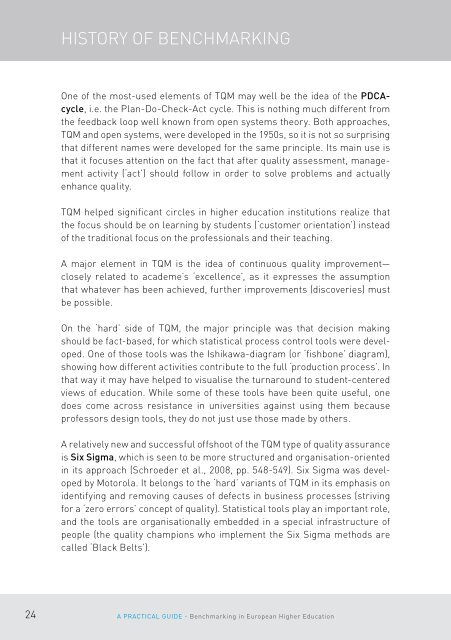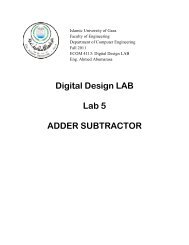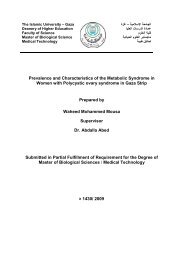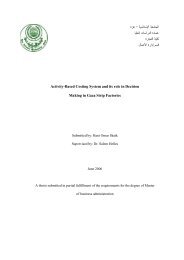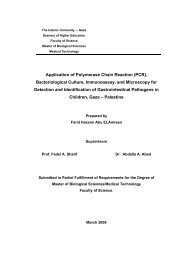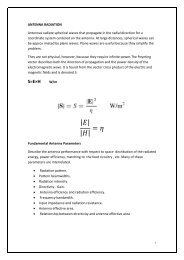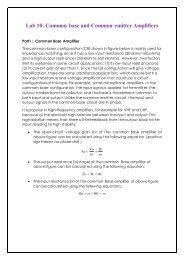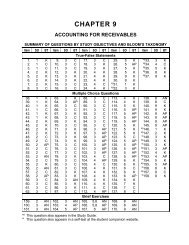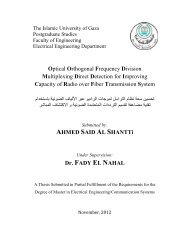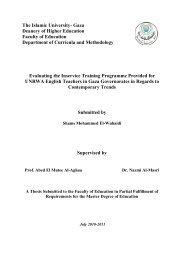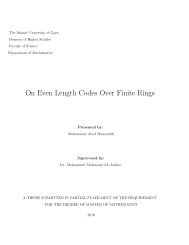A prActicAl guide Benchmarking in european Higher education
A prActicAl guide Benchmarking in european Higher education
A prActicAl guide Benchmarking in european Higher education
You also want an ePaper? Increase the reach of your titles
YUMPU automatically turns print PDFs into web optimized ePapers that Google loves.
HISTORY OF BENCHMARKING<br />
One of the most-used elements of TQM may well be the idea of the PDCAcycle,<br />
i.e. the Plan-Do-Check-Act cycle. This is noth<strong>in</strong>g much different from<br />
the feedback loop well known from open systems theory. Both approaches,<br />
TQM and open systems, were developed <strong>in</strong> the 1950s, so it is not so surpris<strong>in</strong>g<br />
that different names were developed for the same pr<strong>in</strong>ciple. Its ma<strong>in</strong> use is<br />
that it focuses attention on the fact that after quality assessment, management<br />
activity (‘act’) should follow <strong>in</strong> order to solve problems and actually<br />
enhance quality.<br />
TQM helped significant circles <strong>in</strong> higher <strong>education</strong> <strong>in</strong>stitutions realize that<br />
the focus should be on learn<strong>in</strong>g by students (‘customer orientation’) <strong>in</strong>stead<br />
of the traditional focus on the professionals and their teach<strong>in</strong>g.<br />
A major element <strong>in</strong> TQM is the idea of cont<strong>in</strong>uous quality improvement—<br />
closely related to academe’s ‘excellence’, as it expresses the assumption<br />
that whatever has been achieved, further improvements (discoveries) must<br />
be possible.<br />
On the ‘hard’ side of TQM, the major pr<strong>in</strong>ciple was that decision mak<strong>in</strong>g<br />
should be fact-based, for which statistical process control tools were developed.<br />
One of those tools was the Ishikawa-diagram (or ‘fishbone’ diagram),<br />
show<strong>in</strong>g how different activities contribute to the full ‘production process’. In<br />
that way it may have helped to visualise the turnaround to student-centered<br />
views of <strong>education</strong>. While some of these tools have been quite useful, one<br />
does come across resistance <strong>in</strong> universities aga<strong>in</strong>st us<strong>in</strong>g them because<br />
professors design tools, they do not just use those made by others.<br />
A relatively new and successful offshoot of the TQM type of quality assurance<br />
is Six Sigma, which is seen to be more structured and organisation-oriented<br />
<strong>in</strong> its approach (Schroeder et al., 2008, pp. 548-549). Six Sigma was developed<br />
by Motorola. It belongs to the ‘hard’ variants of TQM <strong>in</strong> its emphasis on<br />
identify<strong>in</strong>g and remov<strong>in</strong>g causes of defects <strong>in</strong> bus<strong>in</strong>ess processes (striv<strong>in</strong>g<br />
for a ‘zero errors’ concept of quality). Statistical tools play an important role,<br />
and the tools are organisationally embedded <strong>in</strong> a special <strong>in</strong>frastructure of<br />
people (the quality champions who implement the Six Sigma methods are<br />
called ‘Black Belts’).<br />
24 A Practical Guide - <strong>Benchmark<strong>in</strong>g</strong> <strong>in</strong> European <strong>Higher</strong> Education


